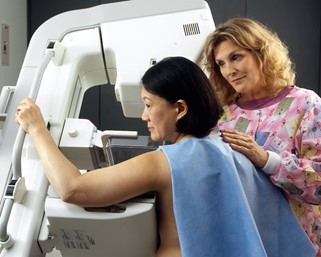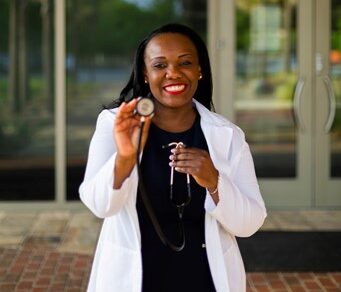Polycystic Ovary Syndrome (PCOS) is one of the most common causes of female infertility.
It’s also one of the least understood.
About 10% of all women with ovaries and of reproductive age will be impacted in some way by PCOS. Additionally, about 50% of those with the condition also develop type 2 diabetes or prediabetes before the age of 40.
Chike Aguh Gynecologist explains that there are other health concerns as well. Those with PCOS have an elevated risk of heart disease and stroke. It is an equal opportunity disease, affecting all ethnicities, races, and those within the range of reproductive ages.
It impacts millions every year around the world. And yet there is still much more to uncover about PCOS and its causes.
What Does Having PCOS Mean
A hormonal disorder, Polycystic Ovary Syndrome is closely related to elevated levels of the hormone androgens which leads to a slew of physical changes such as acne and excessive facial hair. Androgens are primarily found in men, but are also found in small amounts in women.
PCOS is typically identified with ovarian cysts or sacs filled with fluid that often inhibit the release of eggs during a reproductive cycle. It’s these cysts that make androgens.
However, not all of those who are diagnosed with the condition have ovaries with cysts, and not all women who have polycystic ovaries have PCOS. If eggs are not able to be released by the ovary it is not able to become fertilized by sperm during conception.
There are four ‘categories’ of polycystic ovaries. The most common is called insulin resistant PCOS, during which ovulation is prevented by high insulin levels in the body. It’s often caused by obesity, sugar intake, and smoking.
Birth control pills are often associated to ovulation suppression, especially for women who take birth control hormones for more than 10 years, referred to as pill-suppressed PCOS.
Another type is the result of inflammation which leads to an imbalance of hormones and prevention of ovulation. The fourth, hidden PCOS, is a simpler form of the condition, frequently caused by iodine deficiency and/or thyroid disease.
Other Symptoms
While the causes of the condition are still being studied, there are several symptoms women should be aware of. In addition to ovarian cysts, many women will have lighter than usual or irregular periods, skin tags, thinning hair or baldness, acne, large amounts of body hair, weight gain, and, commonly, infertility.
Heredity is also considered a factor. It’s commonly shared by the women of the family line – daughters, mothers, as well as sisters.

Screening for and Diagnosing
A physical exam, usually involving a pelvic exam, allows for a thorough check on reproductive organ health. Blood tests often uncover elevated levels of hormones, and doctors often check levels of blood glucose as well. An ultrasound is commonly used to identify cysts on ovaries and examine the uterine lining.
Treating the Condition
A healthcare provider may offer several different approaches for treatment. One is a contraceptive pill taken orally to help regulate a normal menstrual cycle and stop the thickening of the womb’s lining.
There are also medications designed to block PCOS-related hormone development and reduce other systems such as thinning hair and excessive facial hair. Medications are also prescribed to induce ovulation. Those with insulin resistance may also need separate medication to improve fertility and stem the tide of diabetes.
Polycystic Ovary Syndrome can also be emotionally devastating. In addition to medication, many healthcare providers recommend counseling or other forms of mental health support.



